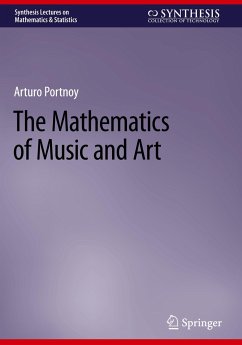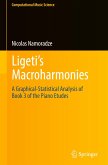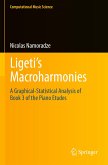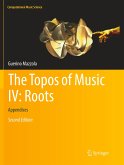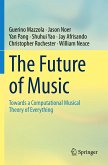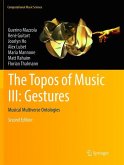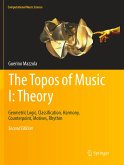This book explores the relationships between music, the sciences, and mathematics, both ancient and modern, with a focus on the big picture for a general audience as opposed to delving into very technical details. The language of music is deciphered through the language of mathematics. Readers are shown how apparently unrelated areas of knowledge complement each other and in fact propel each other's advancement. The presentation as well as the collection of topics covered throughout is unique and serves to encourage exploration and also, very concretely, illustrates the cross- and multidisciplinary nature of knowledge. Inspired by an introductory, multidisciplinary course, the author explores the relationships between the arts, sciences, and mathematics in the realm of music. The book has no prerequisites; rather it aims to give a broad overview and achieve the integration of the three presented themes. Mathematical tools are introduced and used to explain various aspects of music theory, and the author illustrates how, without mathematics, music could not have been developed.

